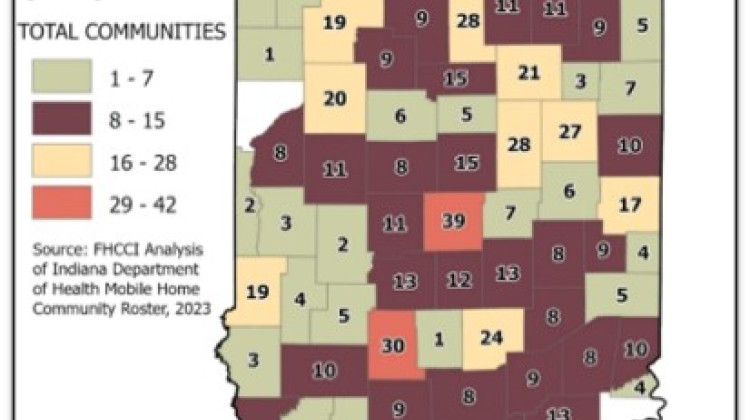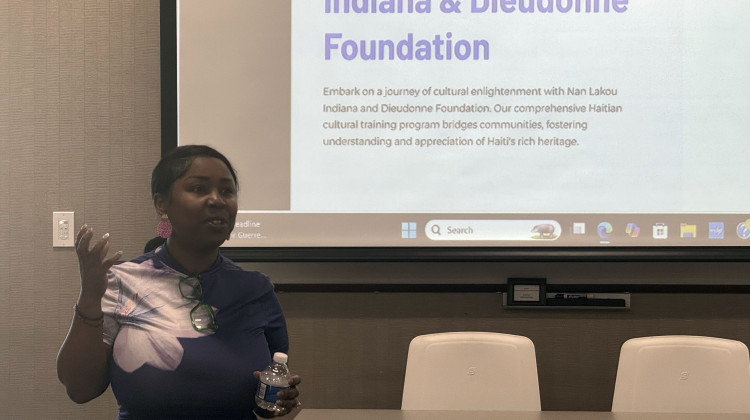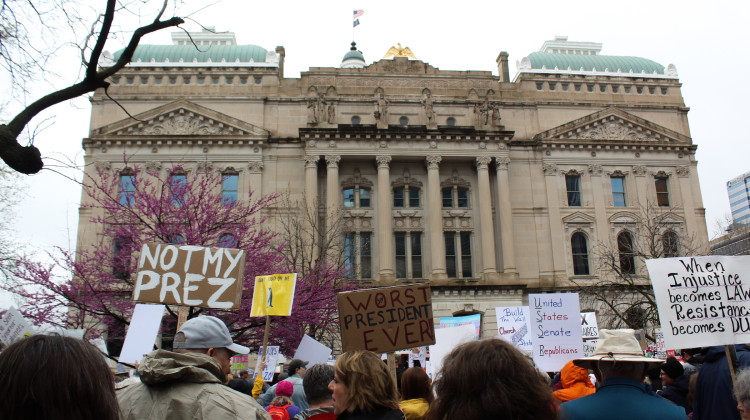A shortage of safe, affordable housing in Indiana is an ongoing issue. A new report focuses on how mobile and manufactured homes in the state might contribute to the problem.
The analysis, from the Fair Housing Center of Central Indiana, highlights how mobile and manufactured home affordability has changed. FHCCI Executive Director Amy Nelson said the option has traditionally been a way for more people to reach home ownership.
“The problem is that affordability though is rapidly decreasing,” Nelson said. “There aren't enough of them available. What is available certainly costs more, and there are manufacturing and transportation issues as well.”
Mobile homes account for about 4.5 percent of occupied housing units in Indiana.
The report examines the increased impact of private ownership of mobile home communities. Nationwide, nearly 60 percent of homes are in these communities instead of on a private lot.
Mobile and manufactured home communities are more susceptible to eviction practices and redevelopment opportunities.
Similar to other reports from the FHCCI, private equity owners and incomes are listed.
The report also outlines concerns about the habitability of mobile and manufactured homes. Health code violations in Marion County increased by more than 220 percent in the past three years.
Nelson said that’s a trend Indiana is seeing across all housing types.
“And this report just documented that manufactured housing has not been left out of that,” Nelson said.
Nelson said a lack of data statewide and nationwide also impacts the report.
“It's very limited. That makes being able to provide information to the public on barriers or challenges they might be experiencing much more difficult, due to that lack of data,” she said. “And then we always run into issues around being able to track ownership through LLCs and other types of methods that are used. These parks are no different from that.”
Allen County had the highest number of mobile and manufactured home communities in the state, with 42. Marion County was second, with 39.
The report offers recommendations on policies to add more protections for people who live in these communities. These include landlord responsibility for repairs and notice of intent to sell any property.
 DONATE
DONATE







 Support WFYI. We can't do it without you.
Support WFYI. We can't do it without you.